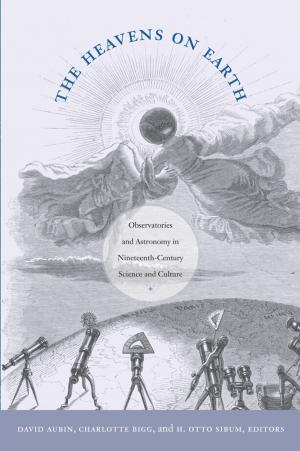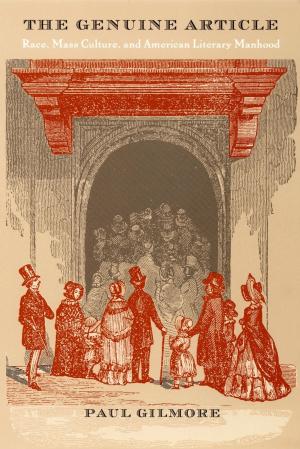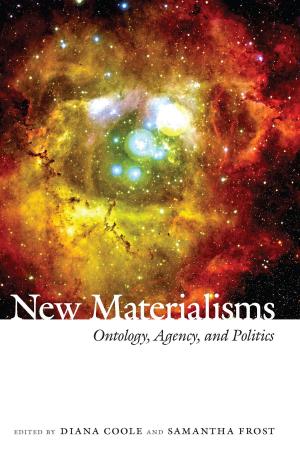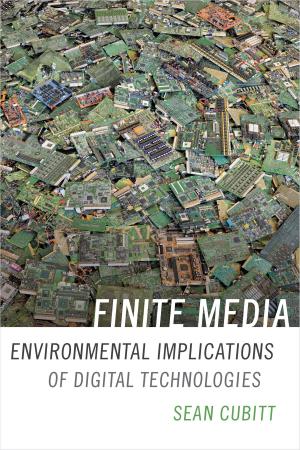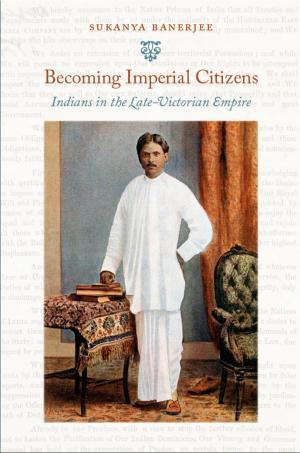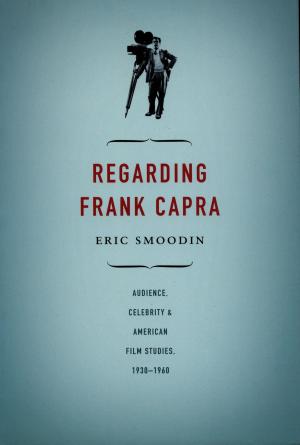Reconstituting the American Renaissance
Emerson, Whitman, and the Politics of Representation
Fiction & Literature, Literary Theory & Criticism, American, Nonfiction, History, Americas, United States, 19th Century| Author: | Jay Grossman, Donald E. Pease | ISBN: | 9780822384533 |
| Publisher: | Duke University Press | Publication: | July 18, 2003 |
| Imprint: | Duke University Press Books | Language: | English |
| Author: | Jay Grossman, Donald E. Pease |
| ISBN: | 9780822384533 |
| Publisher: | Duke University Press |
| Publication: | July 18, 2003 |
| Imprint: | Duke University Press Books |
| Language: | English |
Challenging the standard periodization of American literary history, Reconstituting the American Renaissance reinterprets the works of Ralph Waldo Emerson and Walt Whitman and the relationship of these two authors to each other. Jay Grossman argues that issues of political representation—involving vexed questions of who shall speak and for whom—lie at the heart of American political and literary discourse from the revolutionary era through the Civil War. By taking the mid-nineteenth-century period, traditionally understood as marking the advent of literary writing in the United States, and restoring to it the ways in which Emerson and Whitman engaged with eighteenth-century controversies, rhetorics, and languages about politicalrepresentation, Grossman departs significantly from arguments that have traditionally separated American writing in the eighteenth and nineteenth centuries.
Reconstituting the American Renaissance describes how Emerson and Whitman came into the period of their greatest productivity with different conceptions of the functions and political efficacy of the word in the world. It challenges Emerson’s position as Whitman’s necessary precursor and offers a cultural history that emphasizes the two writers’ differences in social class, cultural experience, and political perspective. In their writings between 1830 and 1855, the book finds contrasting conceptions of the relations between the “representative man” and the constituencies to whom, and for whom, he speaks. Reconstituting the American Renaissance opens up the canonical relationship between Emerson and Whitman and multiplies the historical and discursive contexts for understanding their published and unpublished works.
Challenging the standard periodization of American literary history, Reconstituting the American Renaissance reinterprets the works of Ralph Waldo Emerson and Walt Whitman and the relationship of these two authors to each other. Jay Grossman argues that issues of political representation—involving vexed questions of who shall speak and for whom—lie at the heart of American political and literary discourse from the revolutionary era through the Civil War. By taking the mid-nineteenth-century period, traditionally understood as marking the advent of literary writing in the United States, and restoring to it the ways in which Emerson and Whitman engaged with eighteenth-century controversies, rhetorics, and languages about politicalrepresentation, Grossman departs significantly from arguments that have traditionally separated American writing in the eighteenth and nineteenth centuries.
Reconstituting the American Renaissance describes how Emerson and Whitman came into the period of their greatest productivity with different conceptions of the functions and political efficacy of the word in the world. It challenges Emerson’s position as Whitman’s necessary precursor and offers a cultural history that emphasizes the two writers’ differences in social class, cultural experience, and political perspective. In their writings between 1830 and 1855, the book finds contrasting conceptions of the relations between the “representative man” and the constituencies to whom, and for whom, he speaks. Reconstituting the American Renaissance opens up the canonical relationship between Emerson and Whitman and multiplies the historical and discursive contexts for understanding their published and unpublished works.


